Figures & data
Figure 1. Foreland of the Forni Glacier, Italy. The length (about 3 km) and the width (see the lateral moraine on the left) of the foreland offers a wide substrate open to the colonization of biocoenosis. Photo: Mauro Gobbi.

Figure 2. The cold-adapted springtail Vertagopus sp. from Forni glacier, Italy. Photo: Barbara Valle.
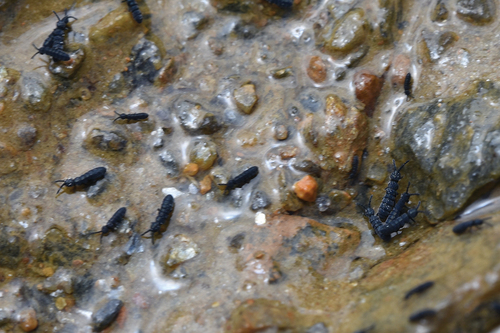
Figure 3. Nebria soror tresignore (K. Daniel, 1903), a stenoendemic and cold-adapted carabid species of the Orobian glaciers (Central Italian Alps). Photo: Mauro Gobbi.
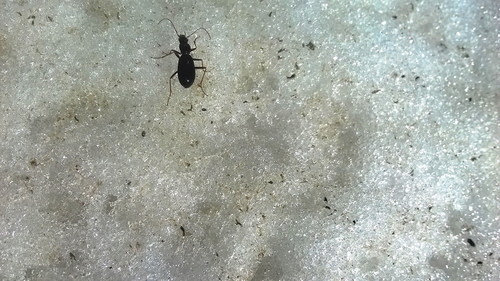
Figure 4. The wolf spider Pardosa cavannae Simon, 1881, from the Calderone glacier foreland, Italy (Valle et al. Citation2022a). Photo: Barbara Valle.
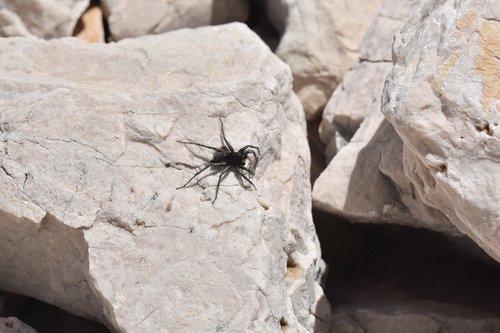
Figure 5. The cold-adapted, generalist predator Mitopus glacialis (Heer, 1845) (Opiliones) from the pioneer stages of the Forni glacier foreland (Central Italian Alps). Photo: Mauro Gobbi.
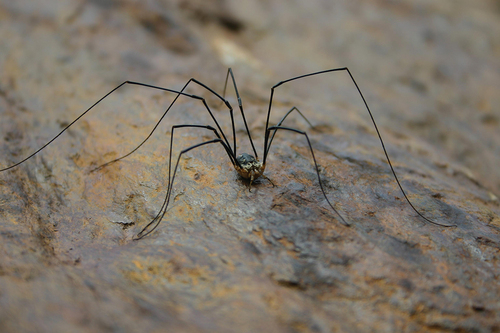
Figure 6. Typical pioneer organisms and a hypothesized early food web, less than ten years old, close to a melting glacier. Energy flow is shown by arrows. Intraguild predation among predators occur but is not shown in the diagram. In the figure, arthropods are represented by the following groups: carabid beetles, spiders, harvestmen, mites, aphids, chironomid midges, and springtails. Illustration by Barbara Valle.
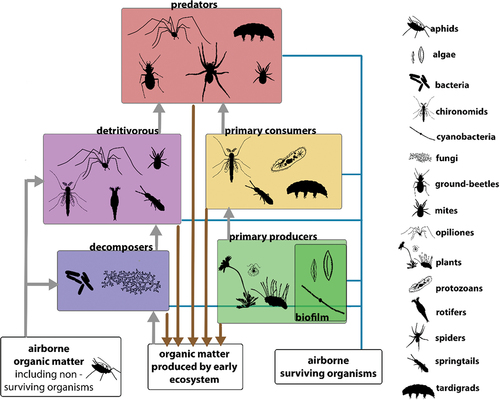
Figure 7. Ice front melting with deposition of supraglacial debris along young glacier foreland. Agola glacier, Dolomites (TN, Italy). Photo: Barbara Valle.
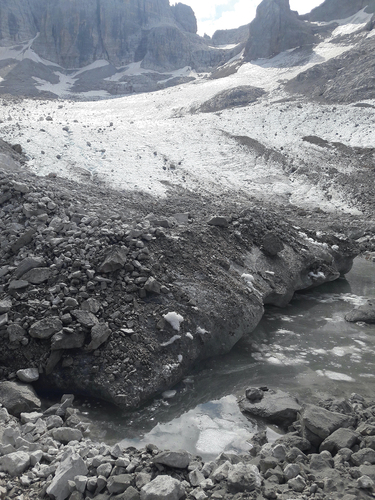
Table 1. Field methods for sampling arthropods in glacier forelands.
